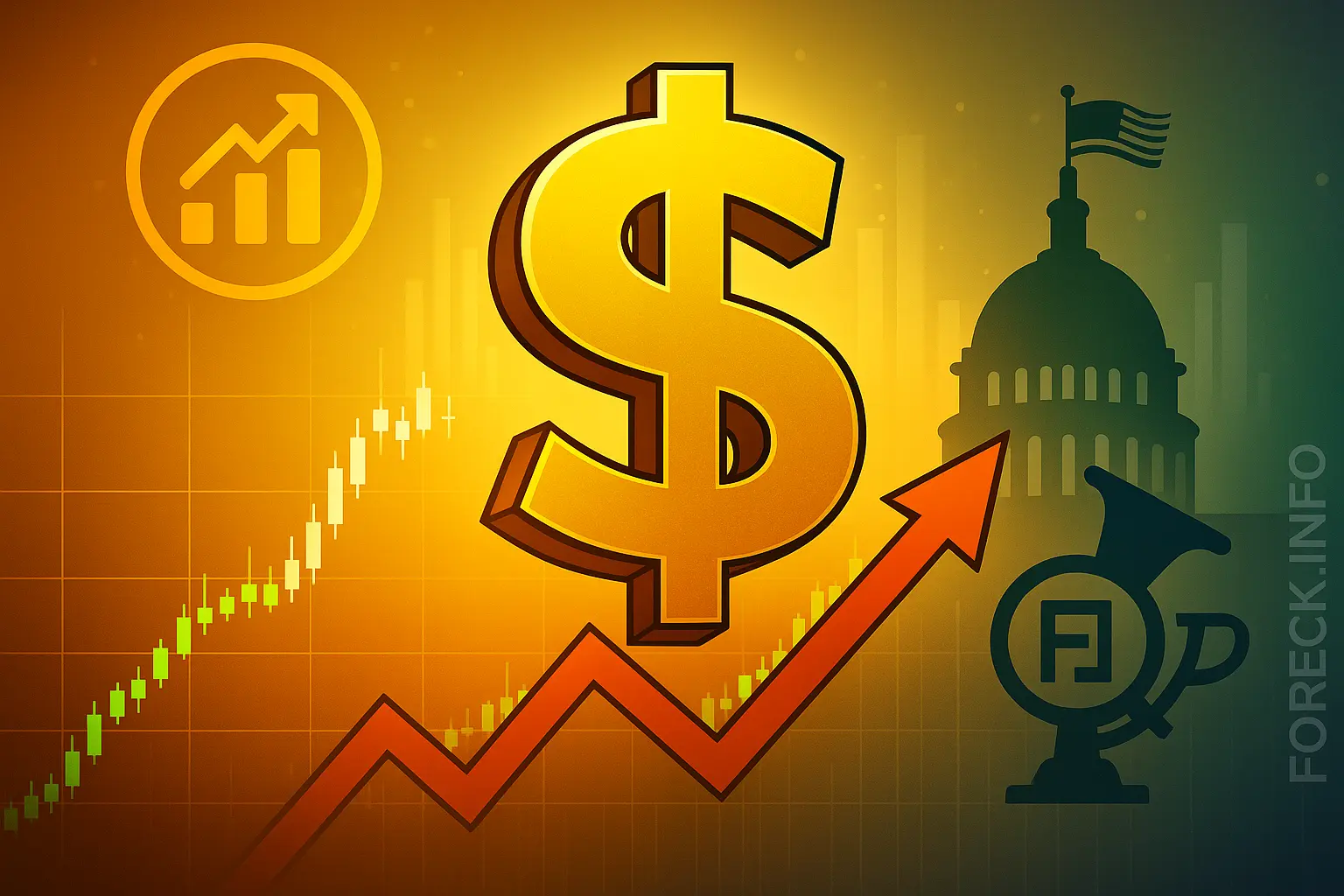Federal Reserve Governor Christopher Waller openly discussed the necessity for a rate cut later this month, citing persistent economic risks and the threat of inflation driven by the White House’s tariff policy. His dovish stance stands in contrast to San Francisco Fed President Mary Daly, who, at the Rocky Mountain Economic Summit, advocated for just two cuts by year-end and noted that tariffs' impact on inflation is likely limited. Daly acknowledged upward price pressures but warned that overly hawkish policy could hurt the labor market. She argued against keeping rates at peak levels for too long, especially with CPI projected to stay above the 2.0% target for some time.
Eurozone
The euro is firming against major peers—yen, pound, and dollar. German wholesale inflation data for June grabbed the spotlight: producer prices rebounded month-on-month from -0.2% to +0.1%, but annual PPI dipped from -1.2% to -1.3%. This gives the European Central Bank (ECB) room to maintain its dovish policy stance in support of GDP growth, especially as EU exporters feel the bite of fresh US tariffs. Bundesbank chief Joachim Nagel warned that Washington’s 30% tariffs could erase even modest German economic gains in the coming years, raising the risk of a prolonged recession in Europe’s largest economy.
United Kingdom
Sterling weakened against the euro but gained versus both the dollar and yen. With few major UK economic releases this week, FX moves are shaped by external factors and shifting central bank expectations. Notably, Goldman Sachs revised its outlook on Bank of England policy after June’s hotter-than-expected inflation. The investment bank now expects a rate cut from 4.25% to 4.00% at the August meeting but no further easing in September, diverging from prior consensus. Meanwhile, the UK Insolvency Service reported 2,043 company bankruptcies in England and Wales in June—an 8% decline from May and 16% lower than June 2024. While encouraging, analysts say it will take time for these improvements to fully shift the economic trend.
Japan
The yen weakened against the euro and pound but traded mixed versus the dollar. June national CPI figures showed headline inflation easing from 3.5% to 3.3% year-on-year, mainly due to lower food prices; core CPI also dropped from 3.7% to 3.3%. Although inflation remains above the Bank of Japan’s 2% target, the deceleration has not eased pressure on household finances. Many now see an argument for tighter monetary policy. Political risk is also in play: this Sunday’s parliamentary elections could be a setback for the ruling Liberal Democratic Party, with the potential for anti-US-trade hawk factions to gain ground if the LDP loses its majority.
Australia
The Australian dollar is strengthening against all major peers—euro, pound, yen, and dollar. This follows a period of underperformance driven by soft jobs data: unemployment ticked up from 4.1% to 4.3%, a 3.5-year high, while employment grew by only 2,000 (far below forecasts of 21,000). Against this backdrop, the Reserve Bank of Australia looks set to cut rates again in August as policymakers respond to the slowing labor market.
Oil Markets
Crude prices resumed their upward trend today after the Eurozone announced a new package of sanctions targeting the Russian oil sector. The G7 price cap is set to drop to $47.60 per barrel, and the EU will ban imports of petroleum products derived from Russian crude. Notably, exemptions will remain for imports from Norway, the UK, US, Canada, and Switzerland. Experts warn that these measures could disrupt the European energy market: the region produces less diesel and jet fuel than it consumes, increasing dependence on imports. As a result, restrictions on Russian supply could trigger shortages and provide near-term support for global oil prices.

